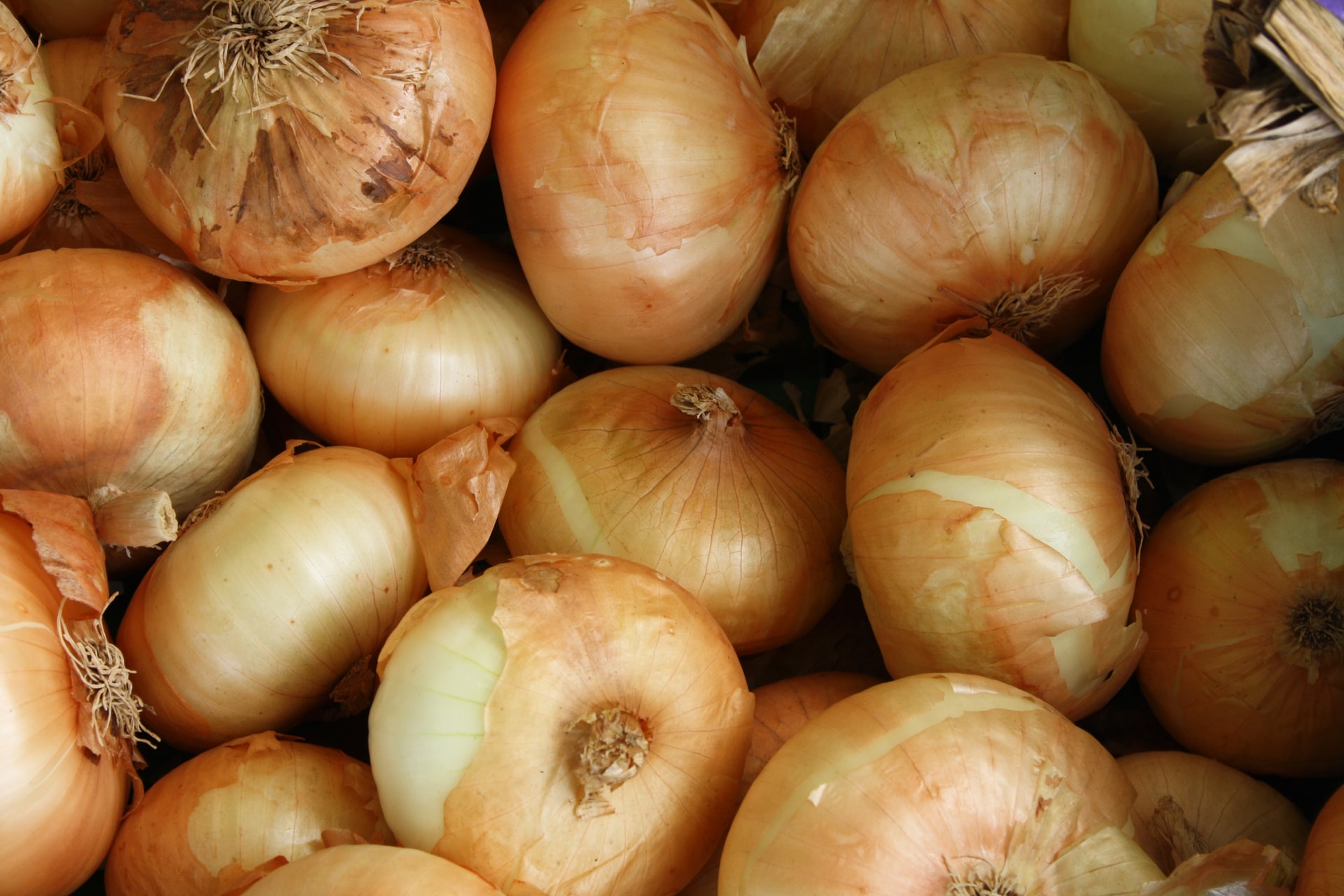Crop Rotation for Onions
Onions and other crops from the Liliaceae family should not be grown on the same plot for up to 5 years due to numerous shared diseases and pests.
Good preceding crops for onions include wheat, barley, oilseed rape, and clovers for summer sowing or autumn planting, as well as potatoes and beans for spring planting. Oats and rye should be avoided as preceding crops because they are attacked by the same pests. The distance between onion plots should be at least 300 meters to prevent the spread of diseases.
Planting Onions
Advantages of growing from sets compared to direct sowing:
- Faster development and earlier harvest
- Strong root system allows good growth even in drier soil types
- Robust plants reduce the risk associated with herbicide application
- Less prone to planting loss due to wind erosion on light soils
- Excellent for processing
Onion sets are planted in raised beds or on flat surfaces in strips (4 – 5 rows per strip) with row spacing of 20 – 30 cm, 40 – 60 cm between strips, and 10 – 15 cm between sets.
The sets are planted at a depth of 2 – 3 cm. Planting can be done manually or mechanically. Proper placement of the set in the soil is with the base (roots) facing downward. This can be effectively controlled during manual planting, but not as easily during mechanical planting, where the placement of sets is random, leading to the possibility of sets being planted upside down. If sets are planted upside down (base facing up, 180°), they will not develop into bulbs. Those that fall at a 90° angle will produce irregularly shaped and lower-quality bulbs.
After planting, it is advisable to lightly roll the soil to ensure good contact between the set and the soil, facilitating moisture absorption.
Onion sets are mostly planted in the spring, although they can also be planted in the fall. Smaller bulbs can be planted in the fall for harvesting as green onions in the spring, as they will have undergone vernalization and will produce flower stalks and bloom early in the spring.
Crop care after planting is similar to that after direct sowing.













































